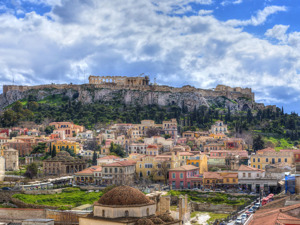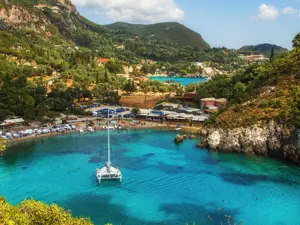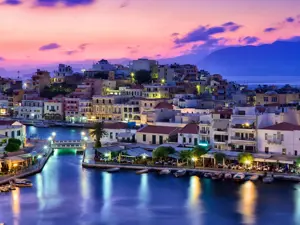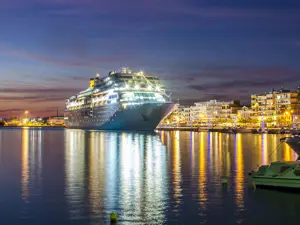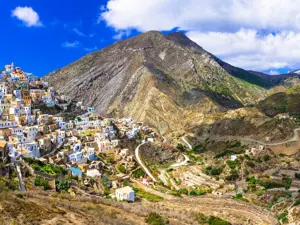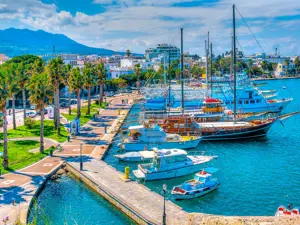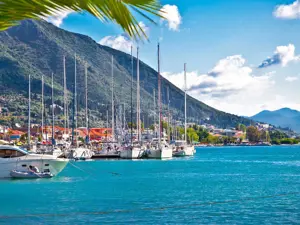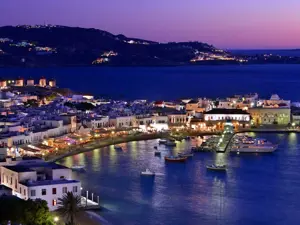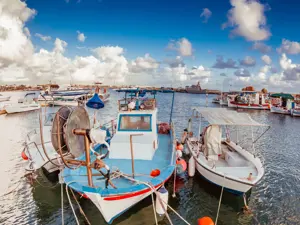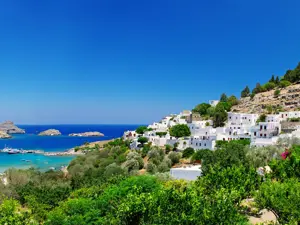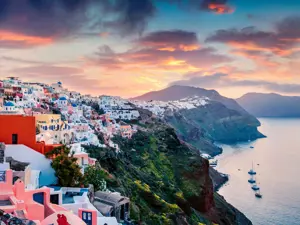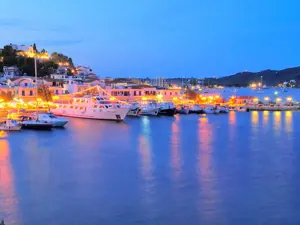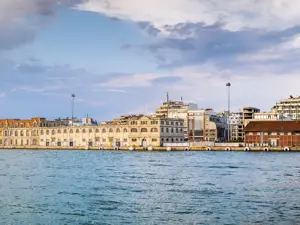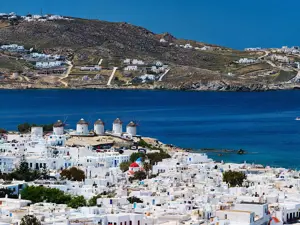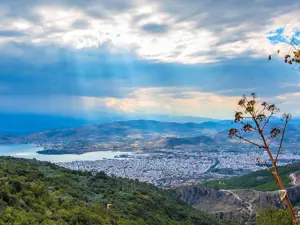Lively port and university town
Patras, situated in the north-west of the Peloponnese, is a lively port and university town, a place where entertainment, history and culture combine to create a wonderful city. Patras has over 4000 years of history: it has been inhabited since prehistoric times and later became an important centre of Mycenaean civilisation.

A tour of the city could begin in Agiou Nikolaou (Ayiou Nikoláou), the famous pedestrian street from where 192 steps lead to the Old Town. This romantic walk on paved streets reveals large colourful neoclassical buildings that are symbols of the city’s glorious past.
The Medieval Castle of Patras
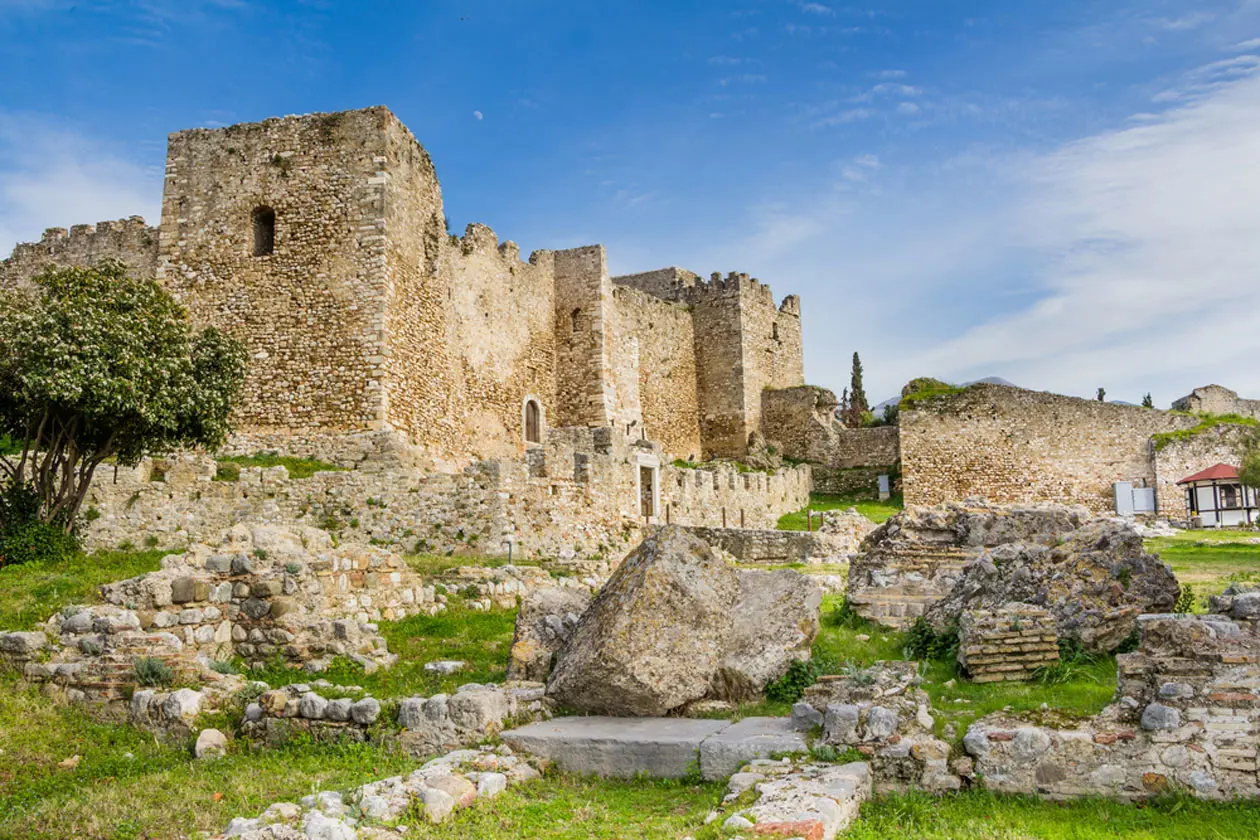
The Medieval Castle is well worth visiting. Built in the second half of the sixth century AD on the ruins of an ancient acropolis, its walls enclose an area of 22,725 square metres. It has an external triangular layout, which is strengthened by imposing towers and ramparts.
The Odeon of Patras
To the west of the Acropolis, in the Upper Town (Ano Poli), is the Roman Odeon, which was built before the Odeon of Athens (Herodion 160 AD). The surrounding area is an archaeological site, displaying mosaics, sarcophagi and other interesting ancient finds.
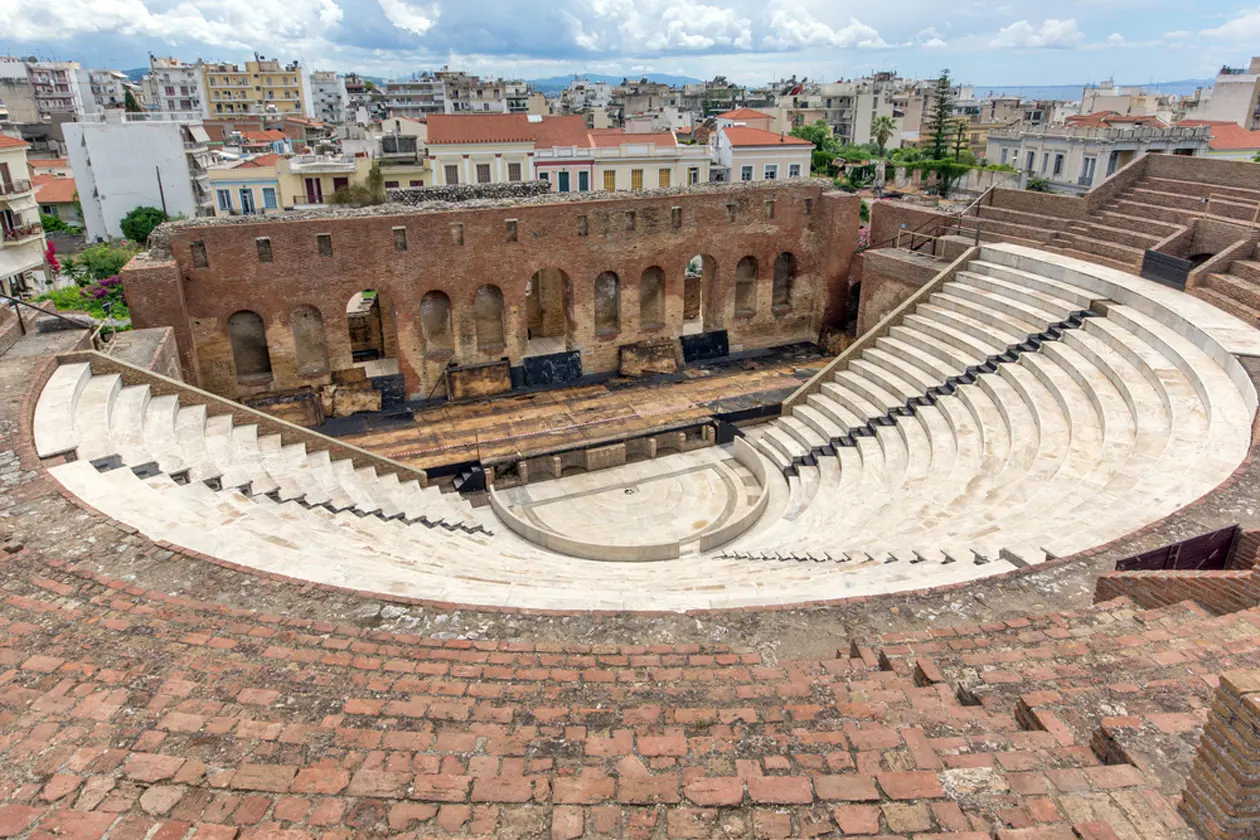
The Lighthouse of Patras
A breath-taking view can be enjoyed from the Lighthouse, a symbol of the city, over the port and Gulf of Patras. A visit to the Spinney is ideal for a pleasant stroll or for jogging along the park’s paths under the shade of tall trees.
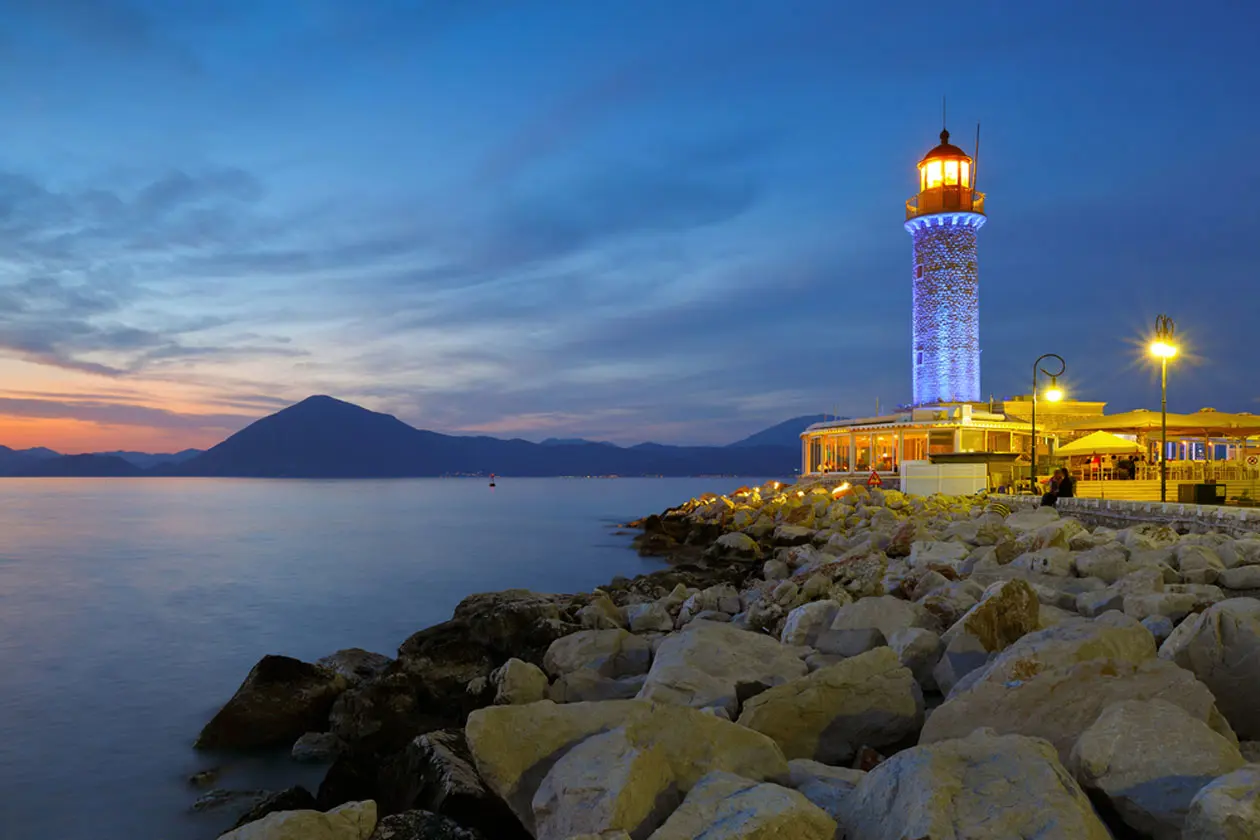
The city centre offers two important monuments to visit: the Church of St. Andrew of Patras, one of the largest churches in the Balkans, and dedicated to the St. Andrew, patron saint of the city; and the municipal Apollon Theatre, one of the first European theatres designed in 1872 by the German architect Ernest Ziller.
The reabouts of Patras
Different areas in Patras pay homage to the famous Greek poet Kostis Palamas, such as the house where he was born, which is very interesting to visit. After he moved to Athens, it was the place where the Serao family (of Italian origin) lived and where the Italian writer Matilde Serao was born. Today it is home to the Kostis Palamas Institution, while his statue is found in Ypsila Alonia Square.
A day can be spent walking through the squares of the city, Georgiou, Olgas or Ypsila Alonia, to admire the exquisitely restored neoclassical buildings. A tour of some of the museums of the city completes a visit to Patras. These include the New Archaeology Museum, the Folk Art Museum and the Museum of History and Ethnology.

Lastly, don’t miss a trip to the Wall of Dymaeans (or Castle of Kaloyria), the only example of a Mycenaean fortified acropolis in Western Greece and an important archaeological site, which is found in Achaea in Cape Araxos, just 35 km to the south-west of Patras. Here you can stroll around this ancient fortress, which is strategically located at the top of the rocky peaks of the Black Mountains (Mávra Óri), and admire its monumental doors and imposing towers. According to fascinating Greek mythology, the Wall of Dymeans was built by the demi-god Hercules to protect the land of Dyme from incursions by the Eleans. It is an acropolis of incomparable beauty resembling the ones Homer describes in his epics.
Text by Alisè Vitri
All rights reserved.
Tourism Board
www.visitgreece.gr
Partnership with Booking.com
Where to sleep in Patras

Patras is a welcoming city and offers different possibilities for accommodation.
To find the ideal hotel and the best offers you can do a search for the stars but also for districts or landmarks.
LANDMARKS
where to go
Monuments and Museums
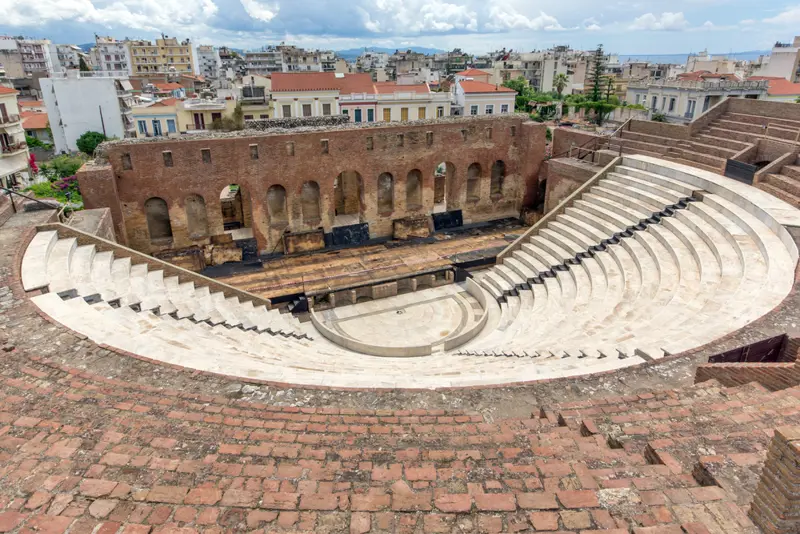
ROMAN ODEUM
Patras Roman Odeum is in the “Ano Poli” (upper city). The geographer Pausanias, who visited Patras in 170 AD, wrote: “It has the most beautiful decoration I have ever seen, excluding of course that of Athens". The surrounding space is turned into an archaeological areawhere mosaics, sarcophagi and other ancient findings are displayed.
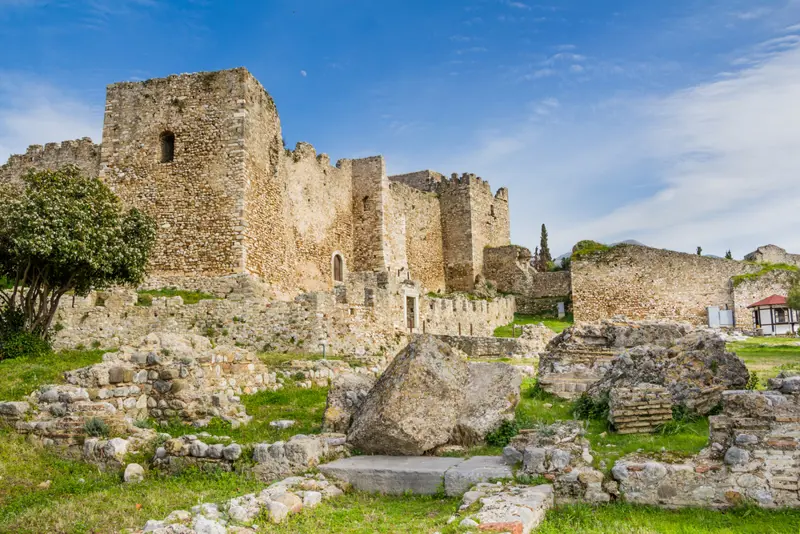
MEDIEVAL CASTLE
Medieval Castle, built in the second half of the 6th century A.D. on the ruins of the ancient Acropolis. Its walls enclose an area of about 22 sq.m.; it consists of a triangular external compound enhanced with towers and ramparts.
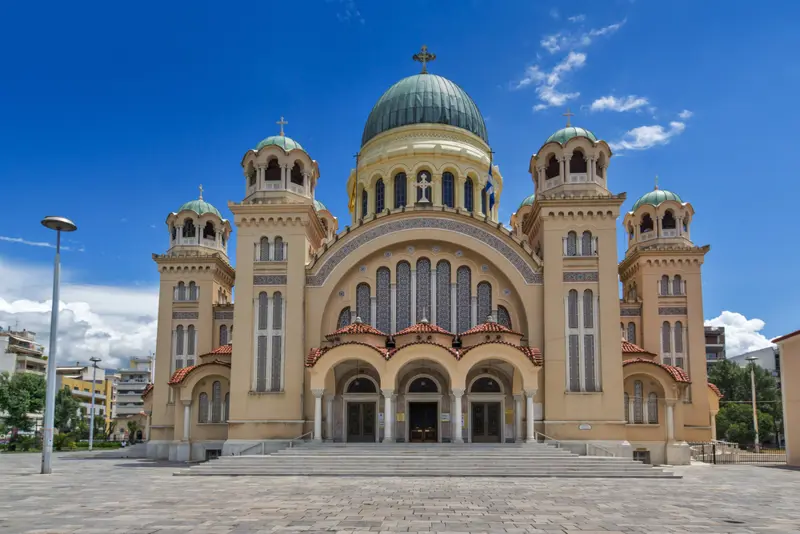
SAINT ANDREW CHURCH
The historic Saint Andrew Church in Patras is located in the city center and is one of the largest churches in the Balkans.
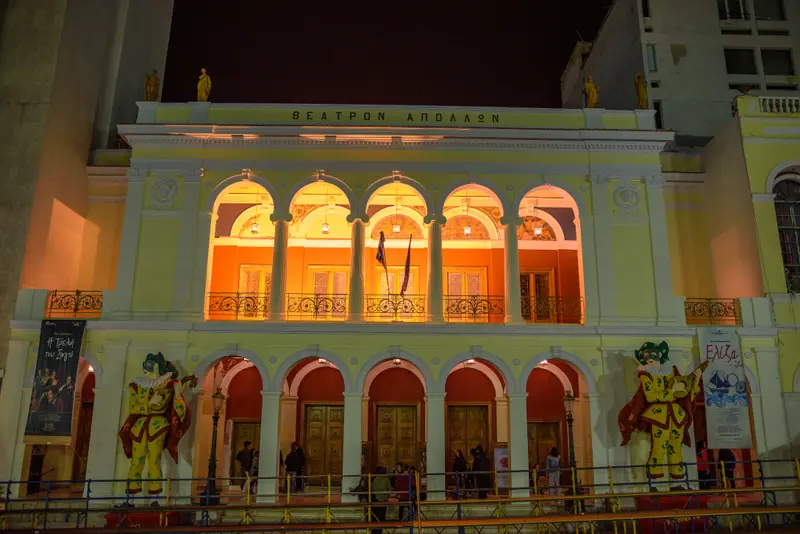
APOLLON MUNICIPAL THEATER
The Apollon Municipal Theater of Patras was built in 1972 by the German architect Ernest Ziller and was one of the first opera houses in Europe.
KOSTIS PALAMAS POET
Several are the spots around Patras in honour of the famous Greek poet Kostis Palamas. His house, where Palamas was born, is the most interesting one. When he moved to Athens it became the place where Serao family (from Italy) lived and where the Italian writer Matilde Serao was born. Today it houses the Kostis Palamas Institution. The most famous statue of the poet stands at Ypsilá Alónia Square.
THE ACHAEOLOGICAL MUSEUM OF PATRAS
The Archaeological Museum of Patras opened its gates to the public in 2009, and it is really amazing. It is modern, spacious and interesting by presenting the archaeological finds of Achaia in a smart, fun and educative manner. It consists of three major rooms and their relating themes bring to light the funerary customs, the private and public life of the ancient inhabitants of Patras.
Excursions
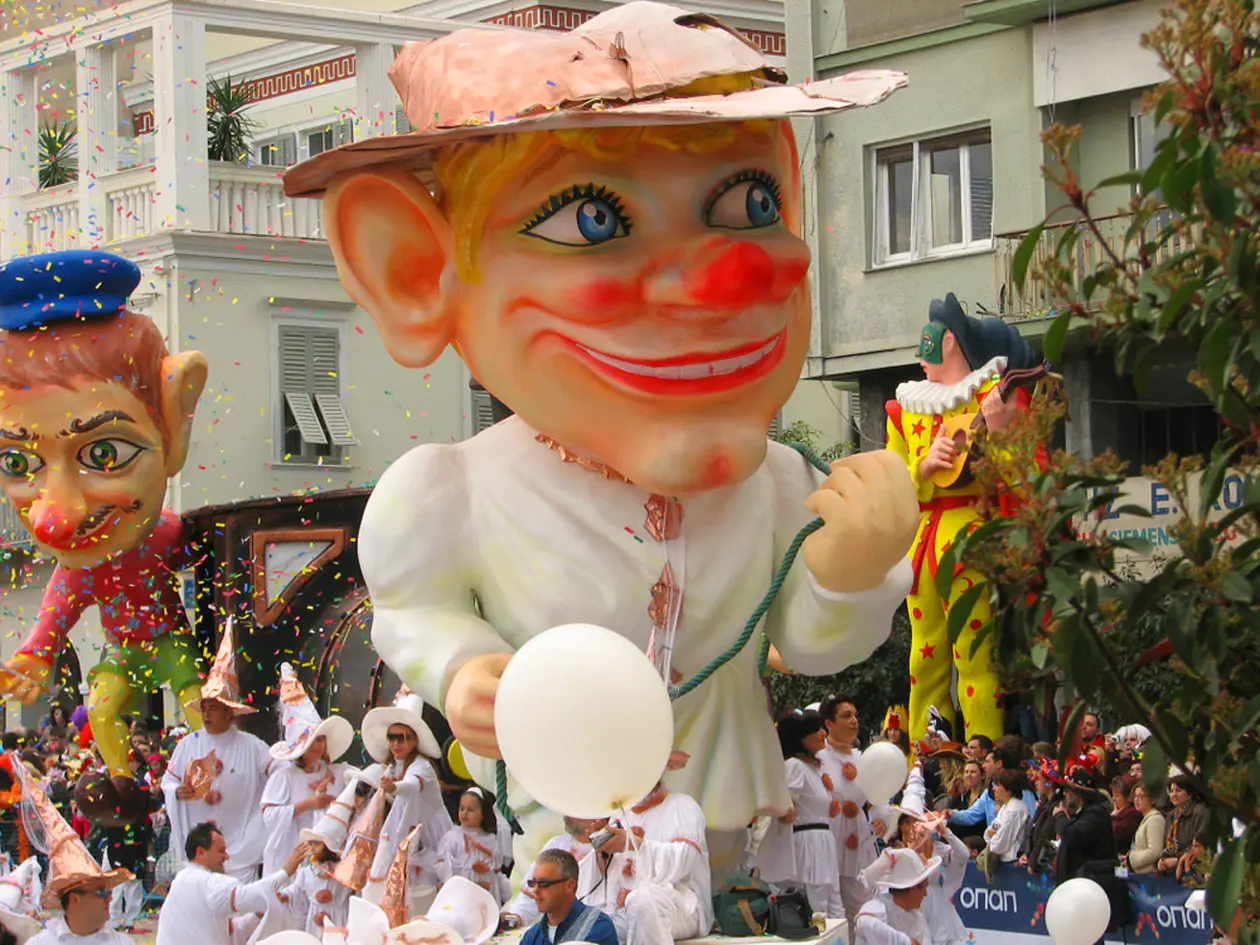
PATRAS CARNIVAL
Patrino karnavali (Patras carnival) is the largest event of its kind in Greece and one of the biggest in Europe. Floral, artistic and satirical floats, giant decorated cars, carts and coaches, and colourful papier-mâché figures fill the city streets. A key character is the Carnival King, presented in all his splendour. The Carnival also has its Queen, who is actually a beautiful young lady on a floral or an artistic float.
WALL OF DYMAEANS
Don’t miss a visit to the “Wall of Dymaeans”, the unique fortified Mycenaean acropolis in Western Greece. Discover a lesser-known, yet major archaeological site, just 35 km southwest of Patras. According to the ancient Greek mythology, it was built by the demi-god Hercules in order to protect the land of Dyme from the incursions of the Eleans. The fort, with circular defensive enceinte, was constructed in the Mycenaean period and remained in use until the Venetian rule.
Partnership with GetYourGuide
All tours and excursions
You might be interested in
Destinations found in the vicinity
Airports nearby Patras


